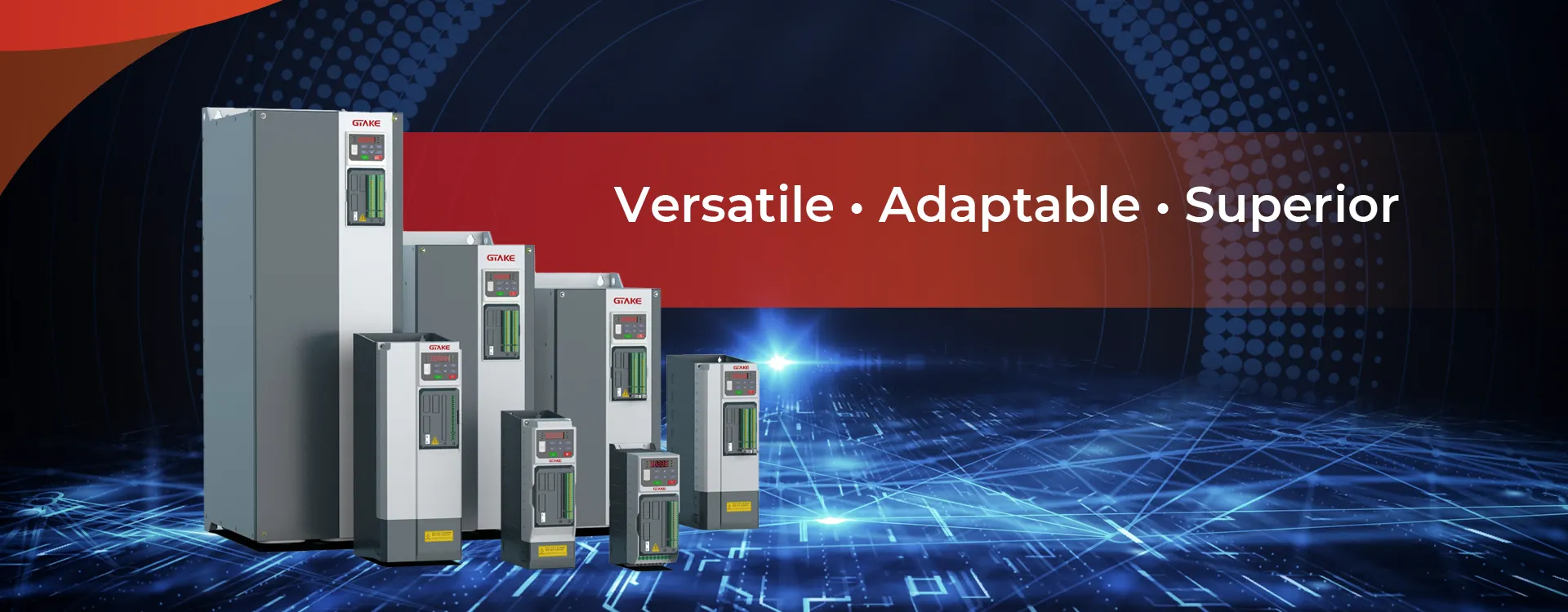Electric Scooter Controller: The Heart of Efficient and Safe Ride Control
An electric scooter controller is a vital component of the electric scooter’s drive system, responsible for controlling the flow of electrical power from the battery to the motor. It ensures smooth operation by regulating the motor’s speed, torque, and braking system. Understanding how an electric scooter controller works and its role in ensuring performance, safety, and energy efficiency is crucial for riders and manufacturers alike.
This article provides an in-depth look into what an electric scooter controller is, how it works, key features, and the importance of choosing the right controller for optimal scooter performance.
What is an Electric Scooter Controller?
An electric scooter controller is an electronic device that manages the power delivery from the battery to the motor. It acts as the central command unit, interpreting user inputs (via throttle, brakes, etc.), and adjusting the power sent to the motor to control speed, acceleration, deceleration, and regenerative braking.
Typically, the controller monitors various key factors, including:
- Throttle Position: Determines the speed of the scooter.
- Braking System: Manages the braking process and regenerative braking when applicable.
- Motor Efficiency: Ensures smooth operation by adjusting motor parameters like speed and torque.
- Battery Health: Protects the battery from overcharging or deep discharge, ensuring longevity.
In short, the controller is the brain of the electric scooter, ensuring all systems work together efficiently and safely.
How Does an Electric Scooter Controller Work?
The electric scooter controller connects the throttle, motor, and battery, allowing riders to control speed and braking through input devices such as the throttle or brake lever. Here’s a breakdown of how it works:
- Throttle Control: When you twist or push the throttle, it sends a signal to the controller, which adjusts the voltage and current being supplied to the motor. The controller converts the rider’s input into a specific motor speed.
- Motor Speed Control: The controller regulates the motor’s speed based on the throttle input, converting electrical energy from the battery into mechanical energy to drive the scooter’s wheels. The speed is variable, allowing for smooth acceleration and deceleration.
- Braking and Regeneration: Modern controllers are designed to handle both traditional braking and regenerative braking (when energy is fed back into the battery). The controller manages the braking signal, ensuring smooth and controlled deceleration while maximizing energy recovery.
- Battery Protection: The controller also ensures that the battery does not overcharge or discharge too quickly, both of which can reduce battery life. It works by regulating the flow of energy into and out of the battery during operation.
Key Features of an Electric Scooter Controller
- Speed Control: One of the primary functions of the controller is to manage the motor’s speed based on rider input. This allows the rider to smoothly accelerate and decelerate without sudden changes that could lead to an uncomfortable or unsafe riding experience.
- Regenerative Braking: Many modern controllers include regenerative braking, which allows the motor to reverse its function and act as a generator. This process recaptures energy while the rider slows down, sending it back to the battery to extend range.
- Safety Features: Controllers often come with built-in safety features, such as overcurrent protection, thermal protection, and low voltage protection. These features prevent the motor and battery from being damaged by excessive power draw, overheating, or operating at a low charge.
- Throttle Control: Some controllers come with adjustable throttle control, allowing the rider to customize their ride experience. For instance, some scooters feature eco-modes that restrict the speed for more efficient energy usage, while others allow for higher-speed modes.
- Motor Protection: Electric scooter controllers are designed to protect the motor from damage due to overheating or excessive power load. By regulating the power flow, the controller ensures that the motor operates within its safe limits.
- User Interface: More advanced controllers may feature user interfaces (displays or apps) that provide real-time information such as battery levels, current speed, and distance traveled. These interfaces make it easier for riders to monitor scooter performance and make necessary adjustments.
Types of Electric Scooter Controllers
- Brushless DC (BLDC) Controller: Most electric scooters use BLDC controllers. These controllers work with brushless motors, which are more efficient, have fewer moving parts, and generate less heat than traditional brushed motors. They are popular for their high efficiency and longer lifespan, making them ideal for electric scooters.
- PWM (Pulse Width Modulation) Controller: A common type of controller used in electric scooters is the PWM controller, which regulates the motor’s speed by adjusting the width of electrical pulses sent to the motor. This allows for fine control of the motor speed and is a popular choice for cost-effective designs.
- Programmable Controllers: Advanced controllers allow for customization of performance settings through software. Programmable controllers let the rider adjust parameters such as acceleration rate, maximum speed, and regenerative braking strength. These controllers are typically used in higher-end scooters or racing models.
- Single vs. Dual Motor Controllers: For scooters with dual-motor setups, there are dual-motor controllers that manage both motors simultaneously. These controllers help distribute the load, ensuring that both motors are working in harmony for better performance, acceleration, and climbing ability.
Choosing the Right Electric Scooter Controller
Selecting the appropriate controller for your electric scooter depends on several factors, such as the scooter’s motor type, intended use, and desired features. Here are some considerations to help you choose the right controller:
- Motor Compatibility: Ensure that the controller is compatible with the motor type of your scooter (e.g., BLDC motor or brushed motor). The controller should be able to handle the voltage and current requirements of the motor.
- Power Rating: Choose a controller with the correct power rating for your scooter. The power rating determines how much current the controller can handle, which directly impacts the scooter’s acceleration and speed capabilities.
- Safety Features: Look for controllers that come with built-in safety features, such as thermal protection, overcurrent protection, and low voltage protection. These features ensure that the scooter operates safely and prevents potential damage to the battery and motor.
- Battery Compatibility: Make sure the controller is compatible with the battery type and voltage of your scooter. Some controllers are designed to work with specific battery types, so it’s important to match the two components for optimal performance.
- Regenerative Braking: If you’re looking for enhanced energy efficiency, choose a controller with regenerative braking capabilities. This feature will help extend the scooter’s range by recapturing energy during braking and feeding it back into the battery.
Conclusion
The electric scooter controller is a crucial component that ensures the smooth operation, safety, and energy efficiency of the scooter. By regulating motor speed, enabling regenerative braking, and protecting the battery and motor, it enhances the overall ride experience. Whether you are a casual commuter or a performance enthusiast, understanding how the controller works and choosing the right one for your needs can make a significant difference in your scooter’s performance and longevity.
Always choose a controller that suits the specific requirements of your scooter, taking into account the motor type, power rating, and desired features. By doing so, you ensure a safe, efficient, and enjoyable riding experience.

